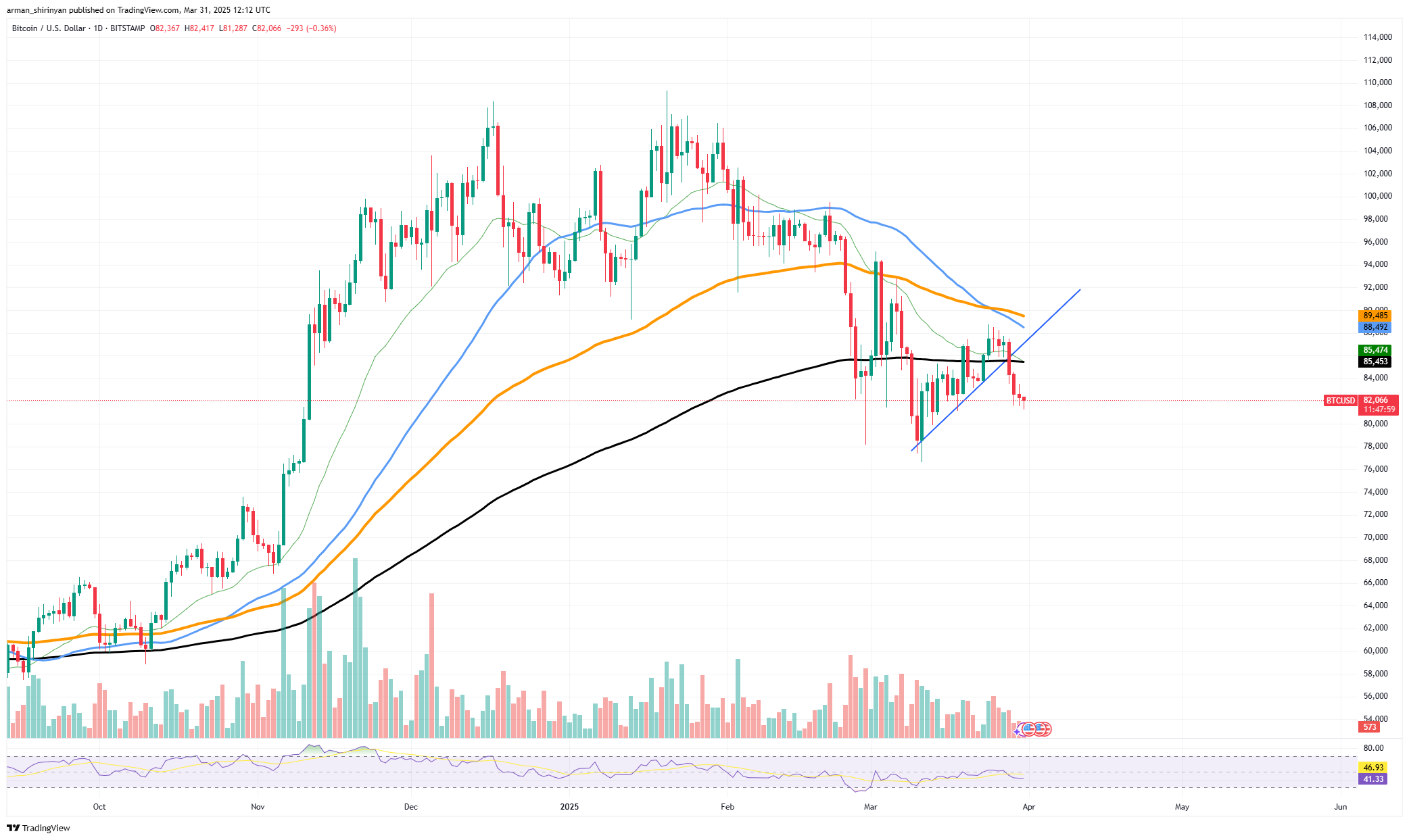
Disclaimer: The opinions expressed by our writers are their own and do not represent the views of U.Today. The financial and market information provided on U.Today is intended for informational purposes only. U.Today is not liable for any financial losses incurred while trading cryptocurrencies. Conduct your own research by contacting financial experts before making any investment decisions. We believe that all content is accurate as of the date of publication, but certain offers mentioned may no longer be available.
As his aggressive Bitcoin acquisition strategy continues to result in significant losses, Michael Saylor, the executive chairman of MicroStrategy and one of the most-well-known institutional backers of Bitcoin, is coming under increasing pressure. Per the most recent data, Saylor's purchases during the last four months have led to an astounding unrealized loss of $3 billion, which could be the worst period of Bitcoin accumulation in his investment history.
MicroStrategy accumulated billions of dollars worth of Bitcoin between November 2024 and March 2025. Purchase prices for Bitcoin ranged from $84,000 to more than $106,000, on average. Interestingly MicroStrategy bought 820,356 Bitcoin on Feb. 24 at an average price of $97,514, which is currently down by almost $318 million. Recently, Strategy purchased 22,048 BTC for around $1.92 billion at approximately $86,969.

The biggest loss was from the Jan. 27 purchase of 810,107 Bitcoin at $105,596 apiece, which is currently at a painful 24% drawdown, or an unrealized loss of $269 million. Due to a major mismatch between the timing of the purchase and the state of the market, the total loss from all of these entries is well over $3 billion.

According to the chart, Saylor's most active buying period coincided with the local peak of Bitcoin in early 2025. The market correction has left Strategy vulnerable, notwithstanding Saylor's long-term thesis. Additionally, the chart shows a concerning trend: the market has since cooled off despite Saylor increasing purchases at the height of Bitcoin's value.
These positions will likely remain in deep red unless Bitcoin sees a significant upward recovery, as indicated by the total dollar-cost average (DCA) trendline, which is still below the most recent purchase levels. These losses highlight the dangers of aggressively DCAing during periods of peak bullish sentiment, even though one is in it for the long run.
Though recent actions seem more speculative and expensive, Saylor has made Bitcoin a corporate treasury strategy. Saylor's conviction and the strain on Strategy's balance sheet may worsen if Bitcoin does not swiftly rise back above the $90,000-$100,000 range.

 Dan Burgin
Dan Burgin Vladislav Sopov
Vladislav Sopov U.Today Editorial Team
U.Today Editorial Team